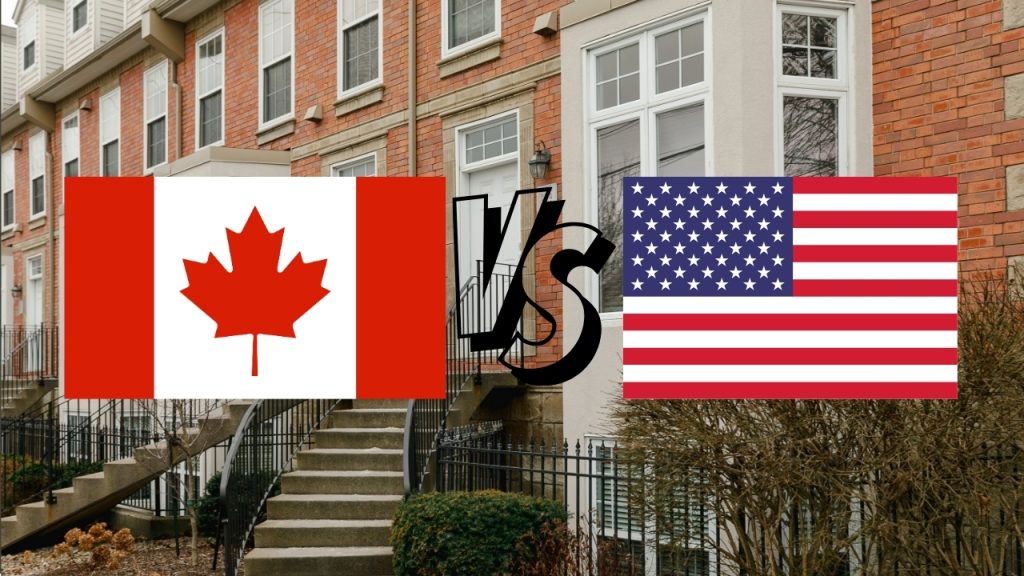5 Effective Strategies for Nova Scotia Homeowners to Counteract Impact of U.S. Tariffs
As a homeowner in Nova Scotia, the ripple effect of U.S. tariffs on construction materials can significantly increase the costs of home renovations and new builds. Whether you’re upgrading your property, renovating, or simply managing rising living expenses, there are ways to mitigate the financial impact. Here are five strategies for homeowners to counteract Impact of U.S. Tariffs.

1. Optimize Energy Efficiency to Lower Long-Term Costs
Investing in energy-efficient home improvements can help homeowners offset the rising costs of construction materials caused by tariffs. Upgrades like better insulation, energy-efficient windows, or solar panels can make a big difference in lowering long-term operating costs.
Why It Matters: Higher heating and cooling bills can eat into your budget. These energy-efficient upgrades can help lower your utility bills, providing a cushion against rising homeownership costs due to tariffs.
2. Explore Renovation Grants and Incentives
Both the federal and provincial governments offer various grants, rebates, and tax credits to support homeowners making energy-efficient upgrades or adopting sustainable building practices. By exploring these incentives, you can offset some of the increased costs caused by tariffs on construction materials like lumber and steel.
Why It Matters: These programs help reduce renovation costs and can add long-term value to your home. Making these upgrades not only saves you money but also increases your property’s energy efficiency and sustainability.
3. Shop Around for Alternative Construction Materials
If you’re planning a renovation or building project, consider alternative materials that are less affected by U.S. tariffs. Materials sourced locally within Canada or sustainable options like bamboo or reclaimed wood might be more affordable.
Why It Matters: Being strategic about the materials you use can help you avoid the inflated prices caused by tariffs. This approach lets you stay within your budget while still achieving the desired results for your home.
4. Consider Home Equity and Financing Options
Rising construction costs can make financing home improvements or new builds more expensive. Homeowners may want to explore favorable financing options, such as low-interest home equity loans or refinancing existing mortgages, to reduce the financial strain caused by price hikes.
Why It Matters: Securing affordable financing can help you manage the rising costs of homeownership. With the right loan or mortgage terms, you can complete home improvements or new construction without feeling the full impact of higher material costs.
5. Monitor Property Value and Adjust Your Selling Strategy
For homeowners looking to sell, it’s important to stay informed about how the market is reacting to the impact of tariffs. Keep an eye on property values and market trends. You might need to adjust your timing or pricing strategy to reflect fluctuating market conditions.
Why It Matters: Understanding the market dynamics can help you avoid losses and maximize the value of your home when it’s time to sell. Being proactive allows you to make informed decisions during uncertain times.
U.S. tariffs on construction materials have created challenges for homeowners in Nova Scotia. However, these five strategies can help mitigate the impact. By optimizing energy efficiency, exploring available grants and incentives, sourcing alternative materials, considering home equity financing, and staying on top of property market trends, homeowners can safeguard their finances and make informed decisions.
With these approaches, you can counteract rising costs and continue to improve and maintain your home with confidence.





